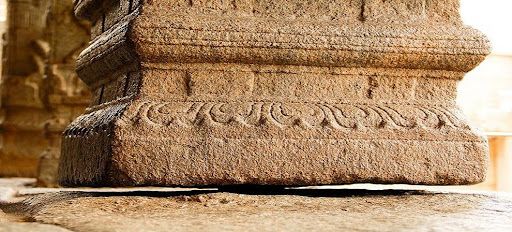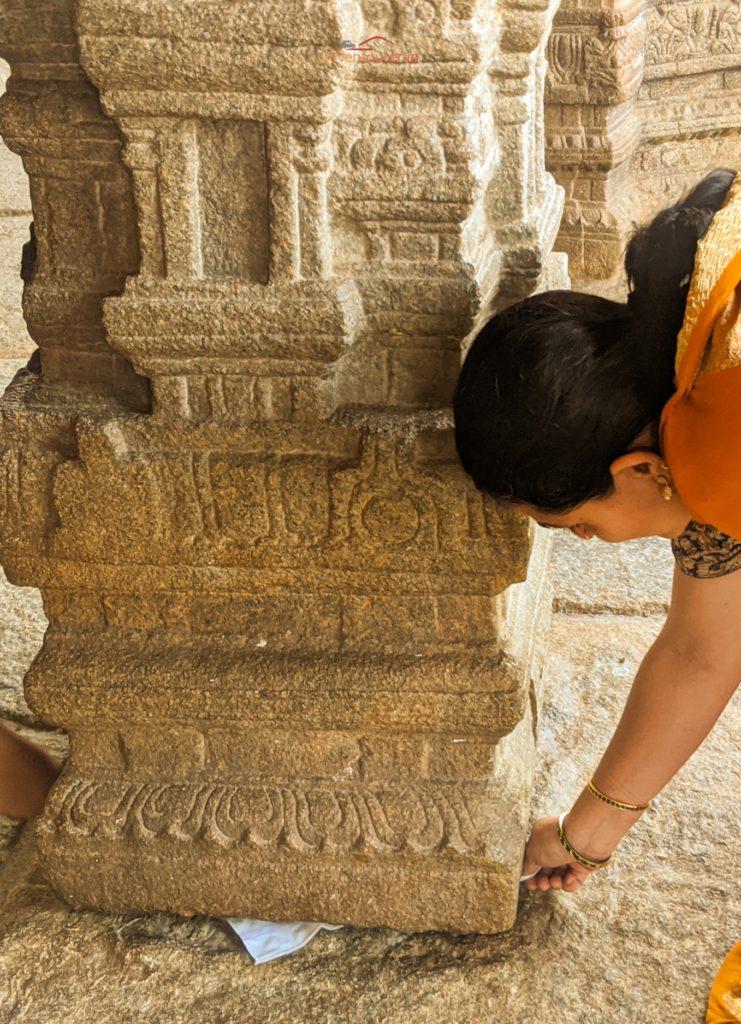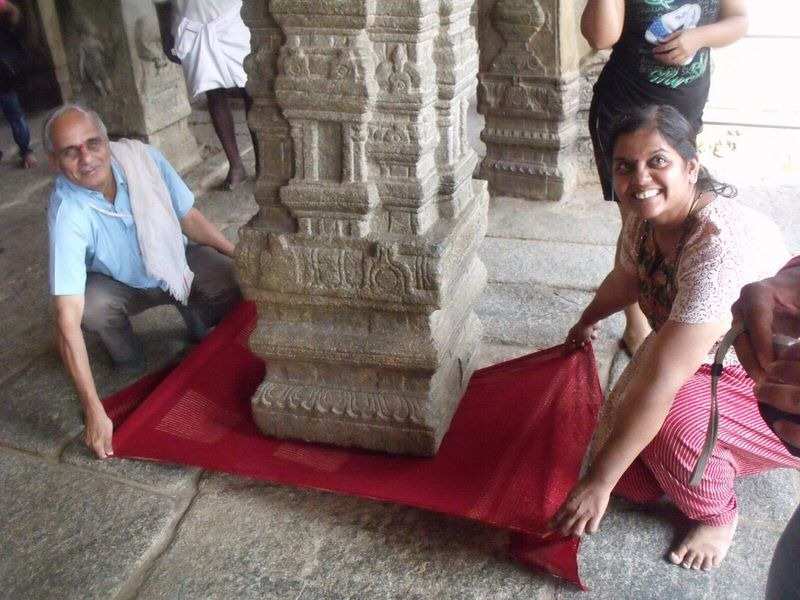The Veerabhadra Temple in Lepakshi, Andhra Pradesh, is home to one of India’s most captivating architectural wonders—the hanging pillar. Situated within the temple’s grand dance hall, among its 70 granite pillars, one pillar stands apart due to its remarkable feature: it does not touch the floor. Instead, it hovers a few inches above the ground, creating a gap beneath it wide enough to pass objects, like a piece of cloth, through. This feat of engineering has puzzled and amazed visitors for centuries, raising questions about the ancient methods used to achieve such a design and the symbolic meaning behind it.
Table of Contents
ToggleEngineering Marvel: How Did It Stay Suspended?
The hanging pillar of Lepakshi is a testament to the advanced engineering techniques of the time. Constructed in the 16th century during the rule of the Vijayanagara Empire, this pillar challenges conventional architectural norms. While the exact method used to suspend it remains a mystery, there are several theories. Some suggest the pillar’s unique feature was achieved through an innovative distribution of weight, with the structure precisely balanced to remain suspended. Others speculate that hidden support mechanisms or an ingenious system of internal adjustments may have been employed to give the appearance of suspension while maintaining structural integrity.

Despite the uncertainty surrounding the technical details, the hanging pillar stands as a remarkable example of the architectural sophistication that existed in India long before modern engineering advancements. The ability to craft such a feature from solid granite demonstrates the extraordinary skill of the artisans who designed and constructed the Veerabhadra Temple.
The Symbolism of the Hanging Pillar
Beyond its technical brilliance, the hanging pillar holds significant symbolic meaning within the context of the Veerabhadra Temple. Dedicated to Lord Veerabhadra, an incarnation of the god Shiva, the temple represents the divine power and cosmic order. The pillar, which seems to defy the laws of physics, may symbolize the balance between the divine and earthly realms. In this interpretation, the pillar’s suspension could represent the delicate equilibrium between these forces, with the pillar itself serving as a bridge between heaven and earth.

Some scholars also suggest that the floating pillar embodies the mystical energy and spiritual power attributed to Lord Veerabhadra. Its ethereal quality might reflect the deity’s ability to transcend physical limitations, echoing the temple’s larger spiritual message.
An Artistic and Architectural Legacy
The hanging pillar is more than just an engineering feat—it is a piece of art. The craftsmanship involved in carving and positioning the pillar demonstrates the highly developed stone-working techniques of the time. The precision of the carving, the balance of the structure, and the aesthetics of the overall temple complex all point to the advanced skills of the artisans who worked on the Veerabhadra Temple.

This pillar has become a symbol of India’s architectural heritage, representing the fusion of engineering, art, and spirituality. It serves as a reminder of the ingenuity of ancient builders who combined their deep religious beliefs with their technical expertise, creating a structure designed to inspire awe and reverence. The hanging pillar continues to be a subject of fascination for both visitors and scholars alike, drawing people from around the world who are eager to witness its architectural wonder and contemplate its deeper significance.
The Enduring Fascination
Today, the hanging pillar of Lepakshi remains one of the most photographed and studied aspects of the Veerabhadra Temple. Its mystique endures, capturing the imagination of those who visit the temple or hear its story. It stands as a reminder of India’s rich and diverse cultural and architectural heritage, showcasing the brilliance of the artisans of the Vijayanagara Empire. For those lucky enough to experience this marvel firsthand, the hanging pillar offers a tangible connection to the extraordinary craftsmanship and spiritual vision of ancient India.

